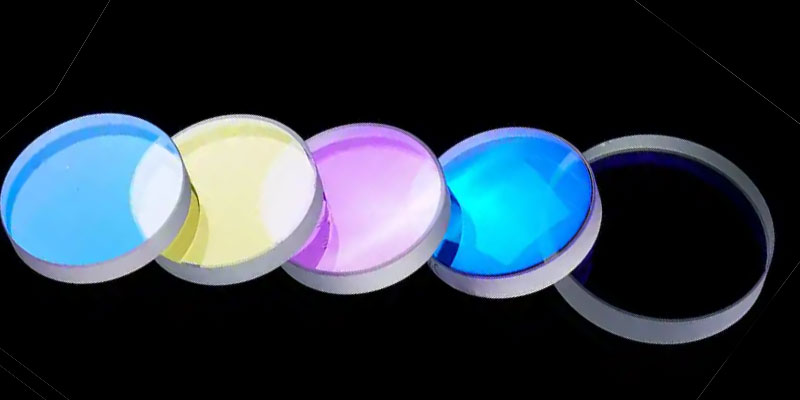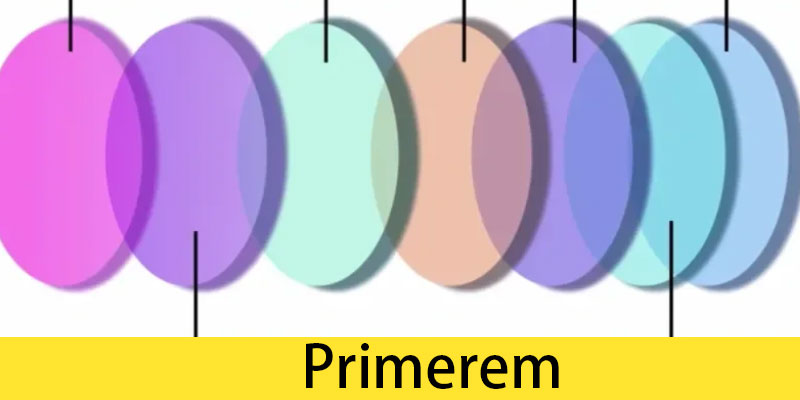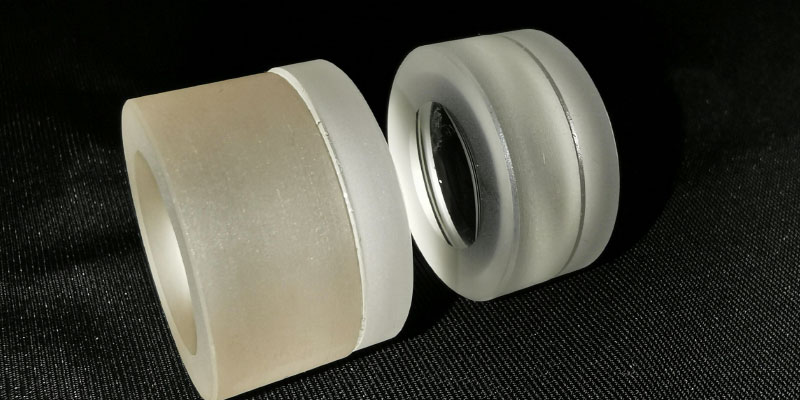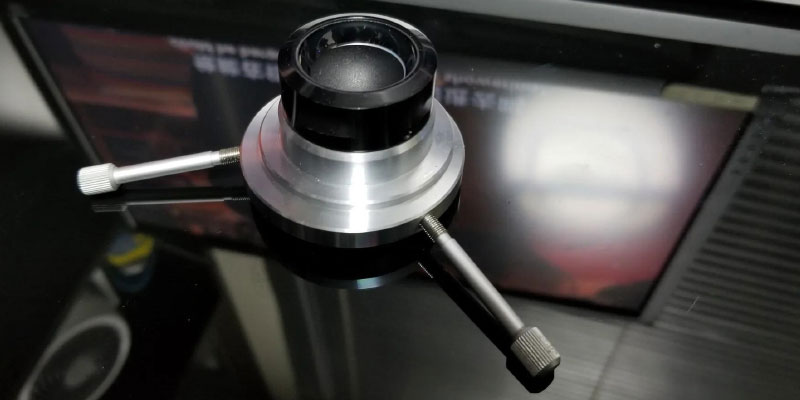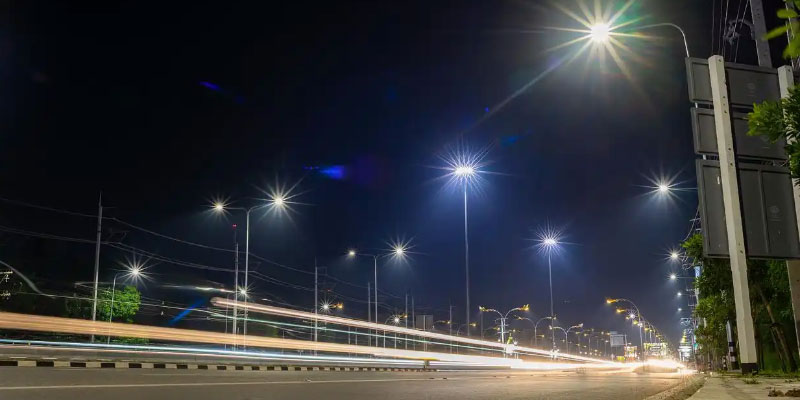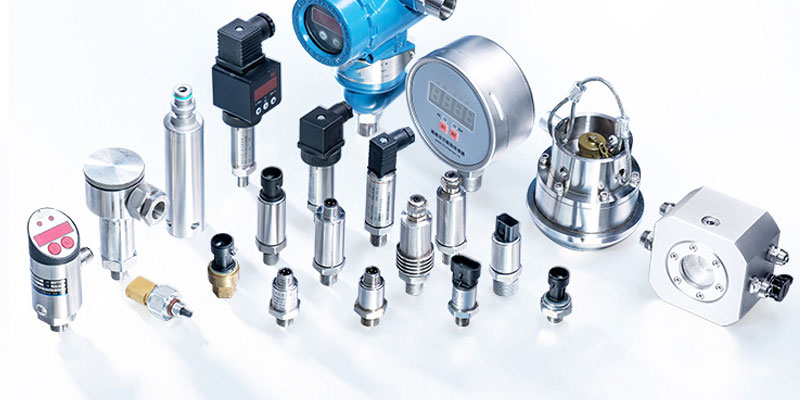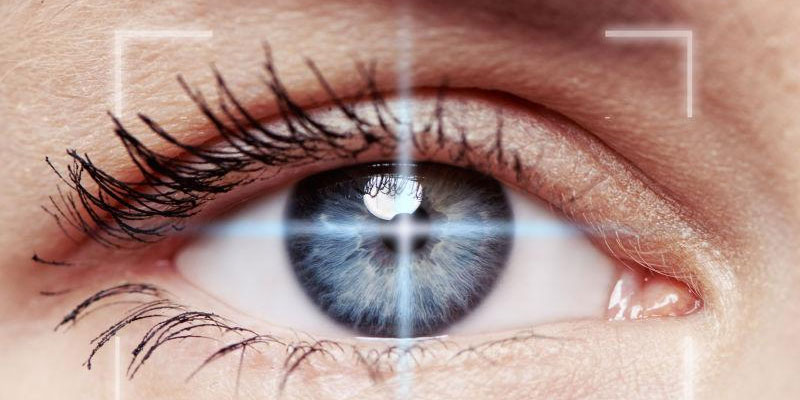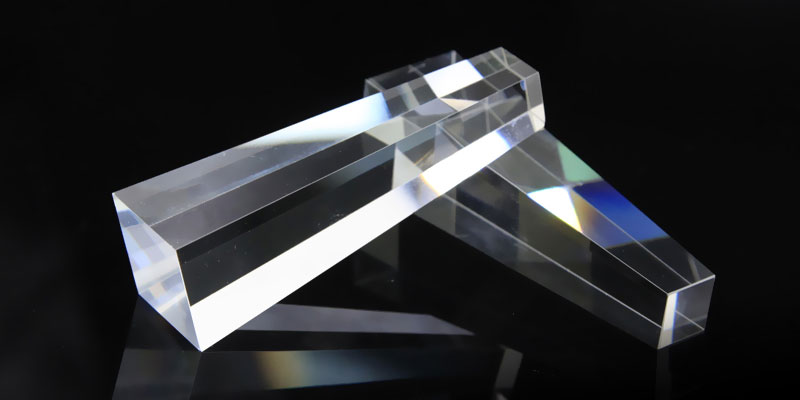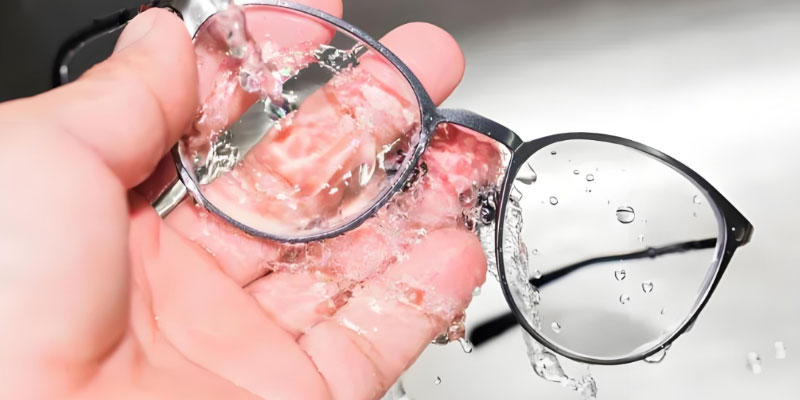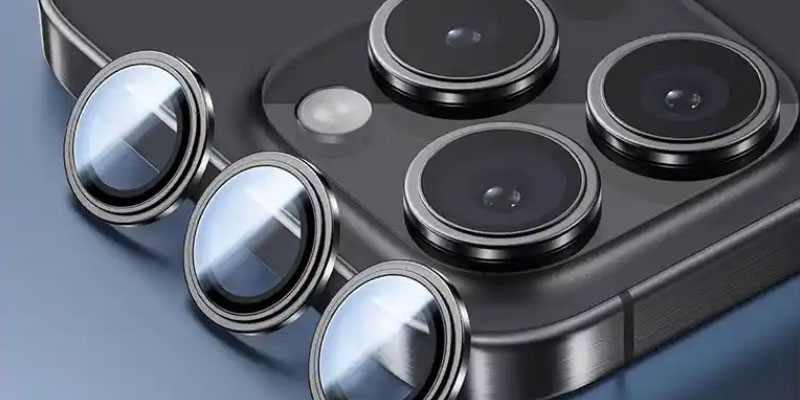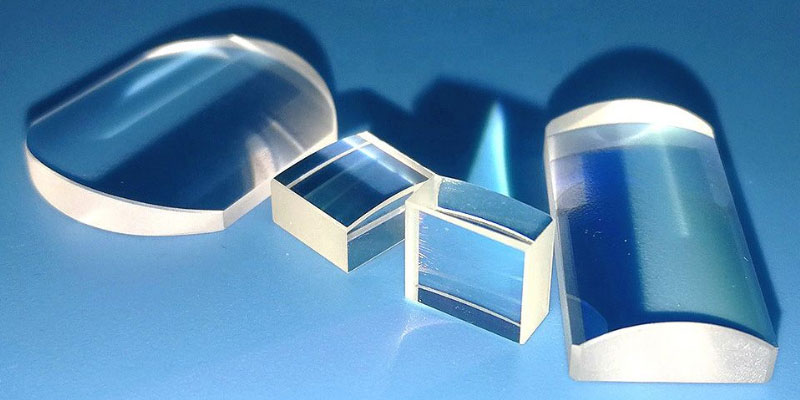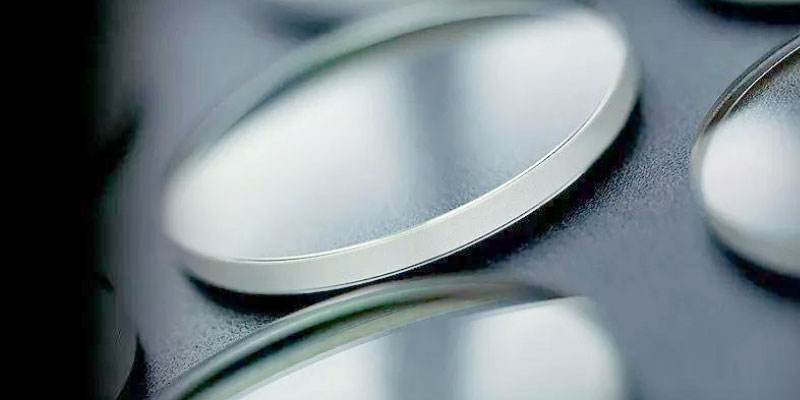
A fish eye lens is an ultra-wide-angle lens with an extremely wide field of view, typically exceeding 180 degrees, and pronounced barrel distortion. Due to its unique field of view, the fisheye lens is often used in landscape photography to create visually striking images, making it suitable for certain types of landscape photography.
In general, fisheye lenses are suitable for capturing the following types of landscapes, showcasing their unique charm:
1. Unique urban landscapes
Fisheye lenses are often used to photograph urban architecture or street scenes. Their wide field of view can capture elements such as city skylines, skyscrapers, streets, and pedestrians within a single frame, creating a stunning effect. The distortion effect of the fisheye lens can make the lines of the city more twisted and exaggerated, showcasing the city’s bustling and modern vibe, offering a unique visual experience. For example, using a fisheye lens to photograph buildings with unique shapes can better highlight their distinctive curves and forms, while the distortion effect also makes the buildings appear more three-dimensional and dynamic.
2. Vast natural landscapes
The ultra-wide field of view of a fisheye lens is ideal for capturing vast natural landscapes such as skies, clouds, mountains, grasslands, and oceans in panoramic shots. For example, when photographing a sky panorama, a fisheye lens can produce exaggerated curved sky lines, often used to capture auroras, spectacular cloud formations, or sunrises and sunsets; When photographing forests or grasslands, a fisheye lens can capture vast expanses of forests or grasslands, distorting the lines of trees and grass to create a vibrant and lively atmosphere, highlighting the vastness of nature.

3. Starry skies and astrophotography
Starry sky photography is one of the typical applications of fisheye lenses. The ultra-wide-angle characteristics of fisheye lenses allow them to capture almost the entire sky at once, incorporating the magnificent Milky Way arc, meteor showers, or the Northern Lights into the frame, creating extremely stunning starry sky panoramas that make viewers feel as if they are immersed in the starry sky. For example, when photographing the full view of the sun during sunrise or sunset using a fisheye lens, the exaggerated distortion effect makes the sun appear larger and more brilliant, while the colours of the sky become more vibrant.
4. Narrow Indoor Spaces
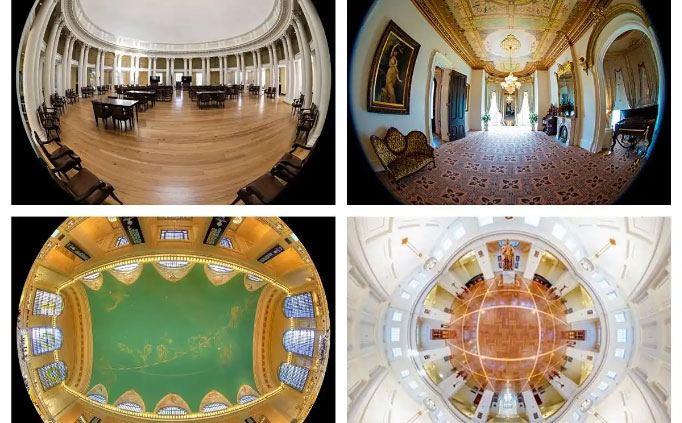
Fish eye lenses are also ideal for capturing narrow indoor spaces. In cramped environments, the lens can showcase the entire scene, with its exaggerated perspective emphasising the sense of confinement and depth, immersing viewers in the scene. For instance, photographing the interior dome of a church or temple with a fisheye lens yields a highly impactful image.
5. Creative and abstract photography
The barrel distortion and exaggerated perspective effects of fisheye lenses are also well-suited for creative and abstract photography. By adjusting the foreground and background, fisheye lenses can create imaginative images, such as distorted lines and exaggerated spatial sensations. In such cases, foreground objects become exceptionally prominent, while the background is compressed and curved, creating strong visual guidance and contrast, resulting in surreal, dreamlike visual effects. For example, when shooting scenes like tunnels or spiral staircases with a fisheye lens, the lines appear more dynamic under the fisheye effect.
6. Unique Landforms
Fish eye lens is also suitable for capturing unique landforms such as volcanoes, canyons, and deserts. For example, when photographing deserts, a fisheye lens can capture the winding sand dunes, vast sand seas, and distant horizon in a single frame. The distortion effect accentuates the curves of the sand dunes, effectively showcasing the desert’s unique texture and vast expanse.

7. Photography in special environments
Fish-eye lenses are also suitable for photography in special environments, such as underwater photography. When shooting coral reefs or fish up close underwater, the fish-eye lens maximises the underwater field of view. Its barrel distortion becomes a unique visual effect in underwater environments, adding an artistic touch to the image.
Additionally, fish eye lens can be used for photographing large-scale events like stages or concerts, capturing the entire atmosphere of the scene. In summary, the unique perspective and distortion effects of fisheye lenses provide abundant creative possibilities for landscape photography. By flexibly applying these techniques, photographers can create imaginative and stunning works of art.
optlenses
Related Blogs
